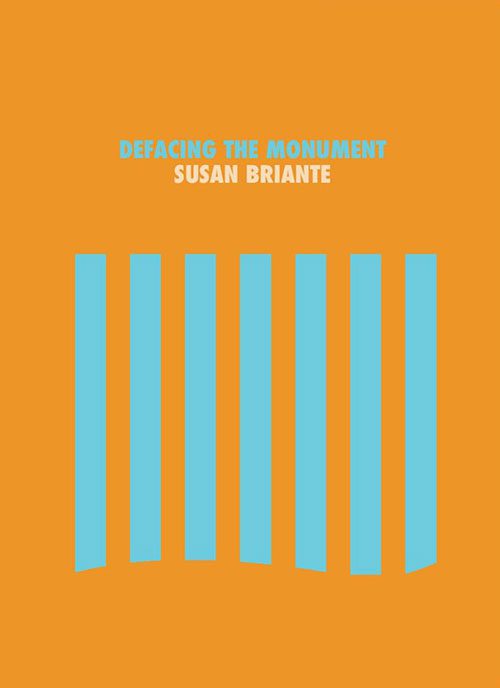Still Nowhere in an Empty Vastness
by Roberto Tejada
$9.99 – $21.00
Synopsis
Still Nowhere in an Empty Vastness is a collection of essays and manifestos engaging hemispheric desires and borderland eventualities in the geopolitical imagination of the Americas. The book enlivens a capacious Latinx poetics, spanning to include 16th- and 17th-century imperial accounts, 20th-century images of Mexico pictured by U.S. artists and writers, the neo-baroque pageantry of José Lezama Lima in post-Revolution Havana, as well as contemporary poets Reina María Rodriguez, from Cuba; Mexican fabulist Pablo Helguera; and Chicano multimedia wordsmith Harry Gamboa Jr., from Los Angeles. Explored also are many-sided masculinities, from conquistador castaway Cabeza de Vaca, stripped and disempowered in the New World; Lezama Lima’s “prison baroque” of syntactically queer desire; George Oppen’s craftsmanship manhood; Jay Wright’s Yoruba and Toltec body-doubles, hidden figures of exile and self-foreignness; and the man-child constructed in the media spectacle of modern castaway Elián González. These essays configure a poetics of the Americas, mirror-occasions for reflecting the fear and fantasies prompted by metaphors of occupation, displacement, and counter-conquest.

Blurbs
Roberto Tejada’s stunning survey demonstrates that our contemporary “crisis” (rendered in border walls and family separations) constitutes no exception to the politics of the Americas. Still Nowhere in an Empty Vastness considers a poetics of encounters (“the historically contingent events by which a subject is shaped”) across the contact zones of the Americas, offering “provisional glimmers” across a variety of poetic and image-making practices. Tejada lays claim to an ever-present exile, as subjectivities are wrought and dismantled on the wreckage of utopias. And from this elsewhere, Still Nowhere makes clear the imperative that our poetics and our politics must be bound to alternative modes of self-fashioning.
Susan Briante
Kin to Eduoard Glissant’s Poetics of Relation, Roberto Tejada’s Still Nowhere in an Empty Vastness charts a counter-conquest through transhistorical and transcultural waters to trace the competing desires, dazzling simulations, and “ostensible selfhoods” that have informed—and continue to activate—a Poetics of the Americas. The remarkable breadth of these essays—joining colonial encounter narratives with the media spectacle occasioned by Elián González’s arrival on U.S. shores—stimulates with its pleasure of inquiry and richness of form. And with its needle trembling toward a ‘future imperfect,’ satisfies with an unfolding relevance to our current political and cultural moment.
Rosa Alcalá
Throughout these elegant, devastating essays, Roberto Tejada illuminates the fantasies Europeans brought with them as they contacted and colonized the New World. These illusions—repressed, sexual, and manifest in explosive violence and bloodshed—have never ceased haunting this landscape and its people. But the essays collected here are also powerful meditations on varied American masculinities, timely innocence, and the gaze. Engaging with classic texts—from La relación of Álvar Núñez Cabeza de Vaca (1542) and A Narrative of the Captivity and Restoration of Mrs. Mary Rowlandson (1682) to Williams’s In the American Grain and José Lezama Lima’s La expresión americana—Tejada’s criticism will soon find its place among the seminal texts that continue to reflect and define the Americas.
Peter Ramos



